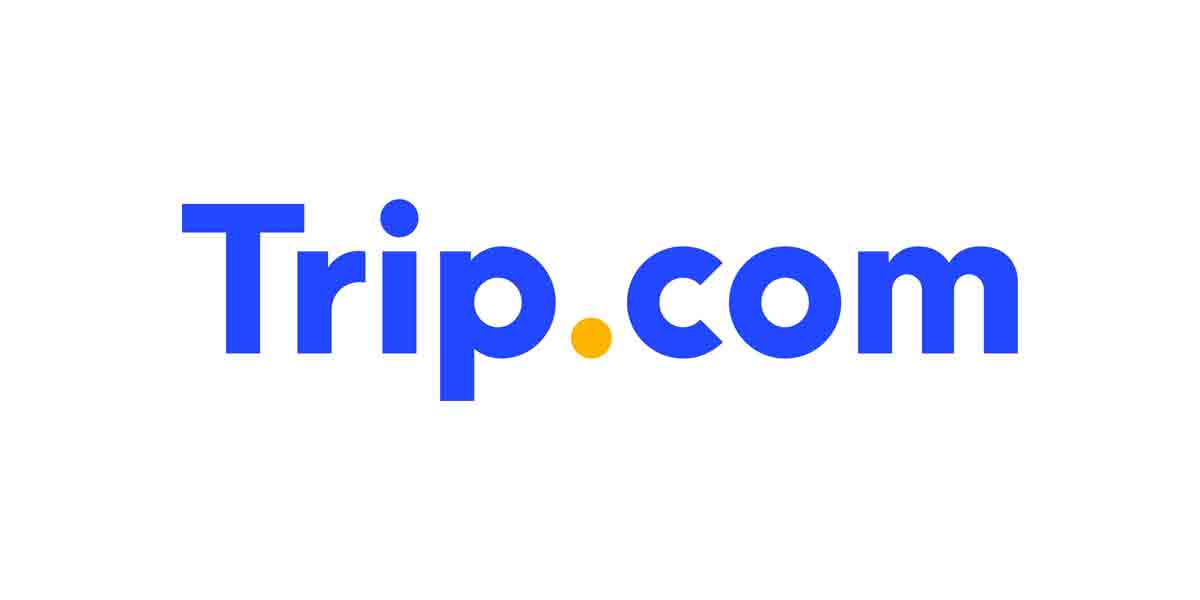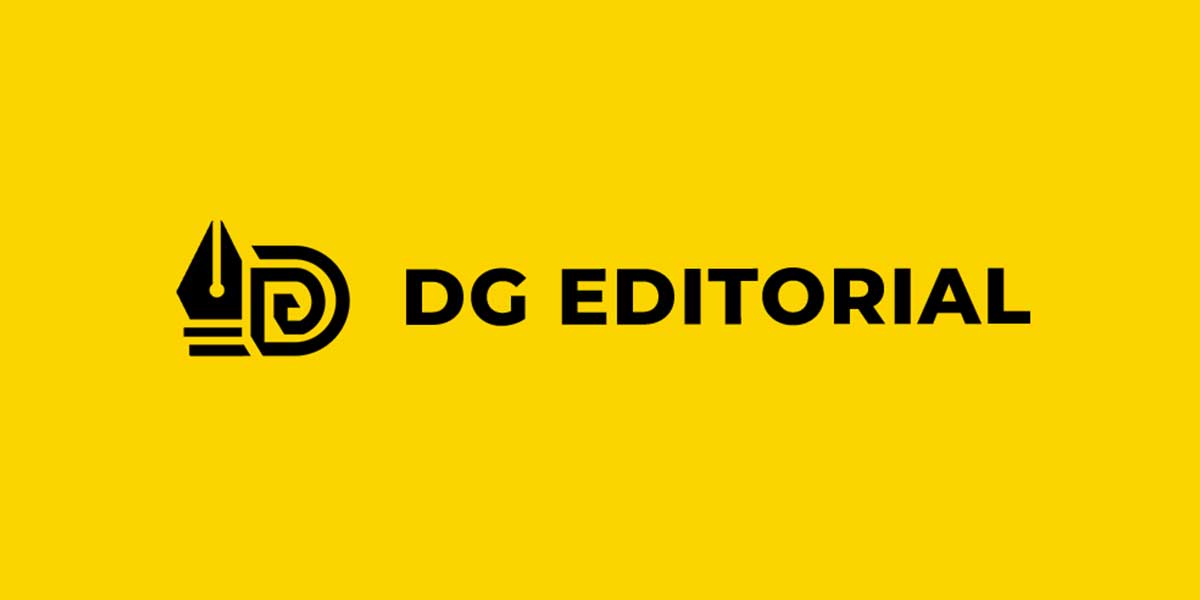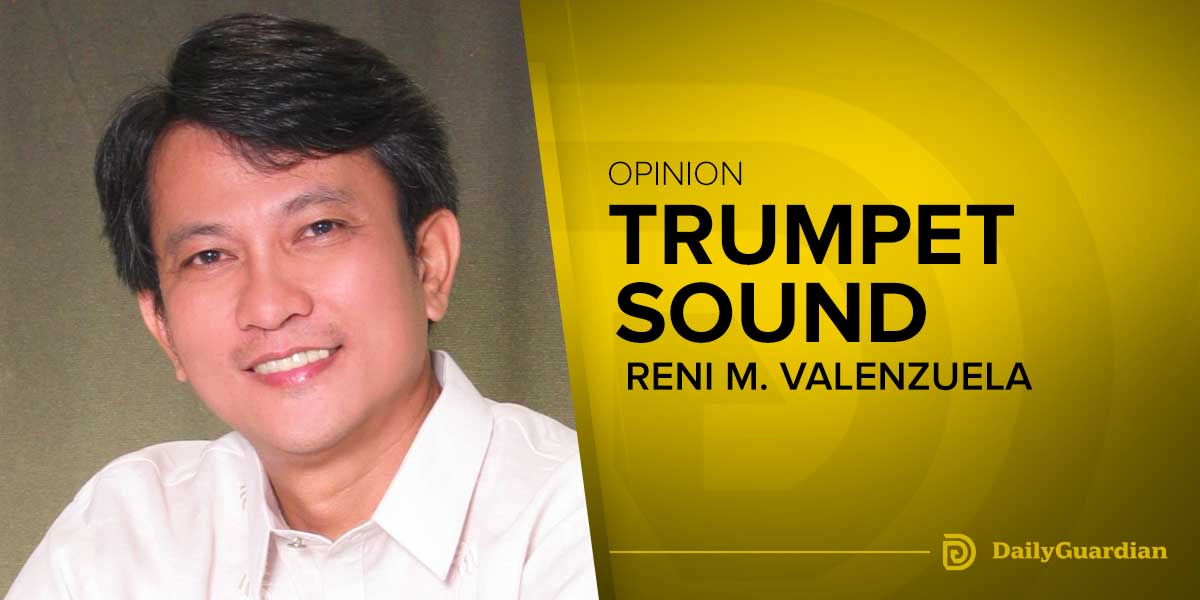
Philippine banks held steady on credit standards for most business and consumer loans in the first quarter of 2025, but signs of tightening emerged, particularly for household borrowers, according to the Bangko Sentral ng Pilipinas (BSP).
Based on the Q1 2025 Senior Bank Loan Officers’ Survey (SLOS), 81.8 percent of banks maintained credit standards for businesses under the modal approach, down slightly from 83.3 percent in the previous quarter.
The diffusion index (DI) method, however, showed a net tightening of credit standards for firms, driven by perceived deterioration in borrower profiles and the declining profitability of bank loan portfolios.
“The tighter standards reflect continued risk aversion despite a broadly steady economic backdrop,” the BSP said in its report.
Looking ahead, 85.5 percent of banks expect to keep credit standards for business loans unchanged in Q2 2025, according to the modal method.
The DI results also showed expectations of stable standards in the coming quarter, citing consistent borrower risk profiles and a steady economic outlook.
For consumer loans, the modal approach showed that 86.8 percent of banks maintained credit standards in Q1 2025, down from 89.5 percent in Q4 2024.
Meanwhile, the DI method indicated a net tightening of household lending standards, reversing the flat reading in the previous quarter.
Banks attributed this tightening to worsening borrower profiles, reduced risk tolerance, and profitability concerns linked to retail portfolios.
“Banks are becoming more selective in extending credit to households amid signs of stress on consumer finances,” the central bank said.
By the second quarter, 82.1 percent of banks anticipate keeping household lending standards steady based on the modal view.
However, DI results pointed to continued net tightening, with lenders expecting further deterioration in borrower quality and profitability.
On the demand side, 67.3 percent of banks said loan demand from enterprises remained unchanged in Q1 2025, lower than the 74.1 percent in the previous quarter.
Despite this moderation, the DI results showed a net increase in business loan demand, driven by higher inventory financing needs and improved economic expectations.
Optimism from businesses was consistent with findings from the BSP’s Business Expectations Survey, which showed a rise in the overall confidence index to 45.4 percent for Q2 2025.
Most banks (61.8 percent) expect enterprise loan demand to remain stable in the next quarter, while the DI method suggests a net increase due to short-term financing needs and sustained economic optimism.
For consumer loans, 71.8 percent of banks reported steady demand in Q1, slightly below the 73.7 percent reported in the previous period.
Still, the DI method showed a net increase in household loan demand, attributed to attractive financing terms and a rise in consumption.
The BSP’s Consumer Expectations Survey for Q4 2024 indicated that improved household income and job prospects bolstered spending appetite going into 2025.
In the coming quarter, 66.7 percent of banks expect stable household loan demand, with DI results suggesting further growth due to favorable credit terms and resilient consumption.
The BSP gathered responses from 56 out of 60 banks surveyed between Feb. 26 and April 4, achieving a 93.3 percent response rate.
The SLOS results help inform the BSP’s policy stance by monitoring trends in credit supply and demand that signal underlying economic and financial conditions.






















